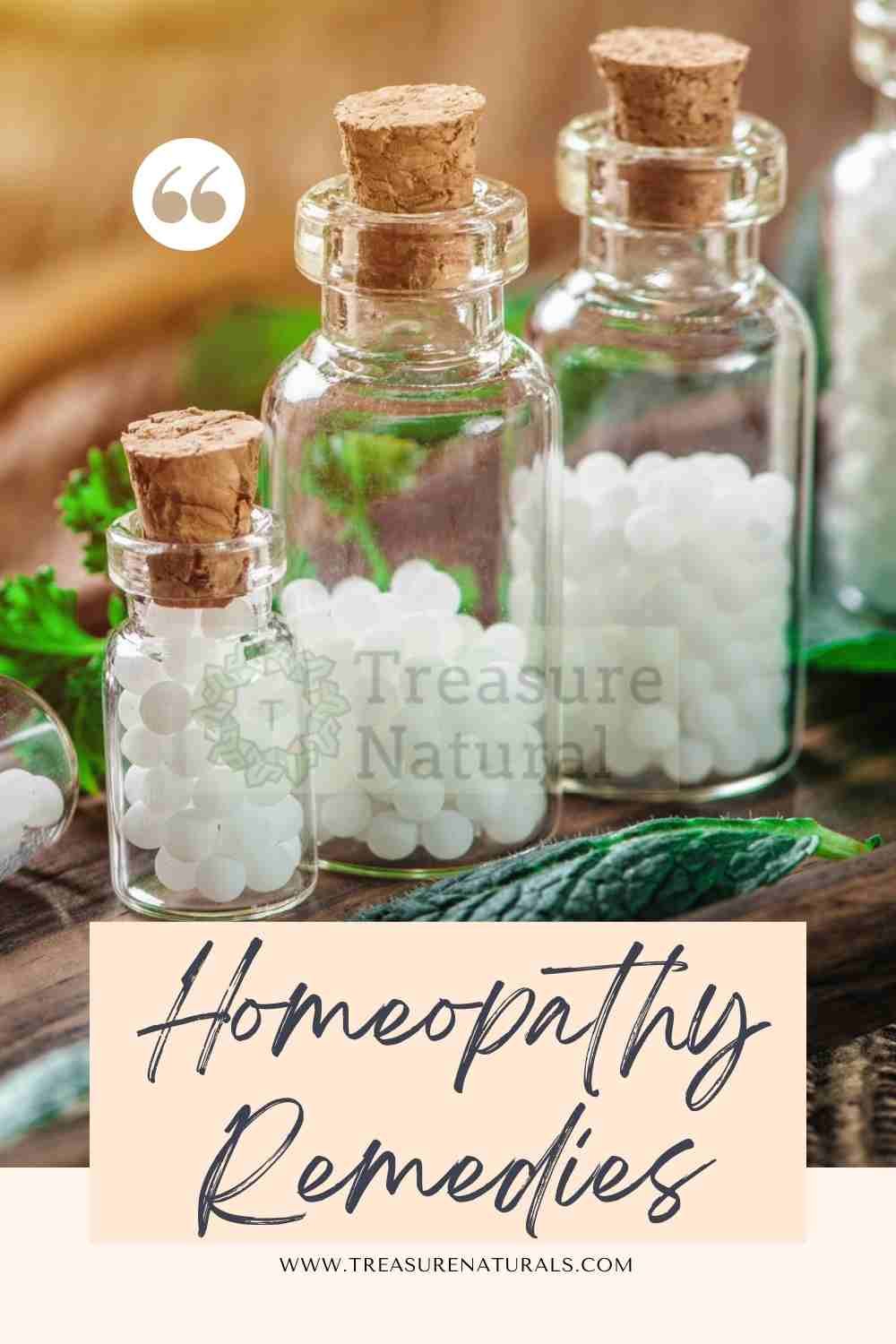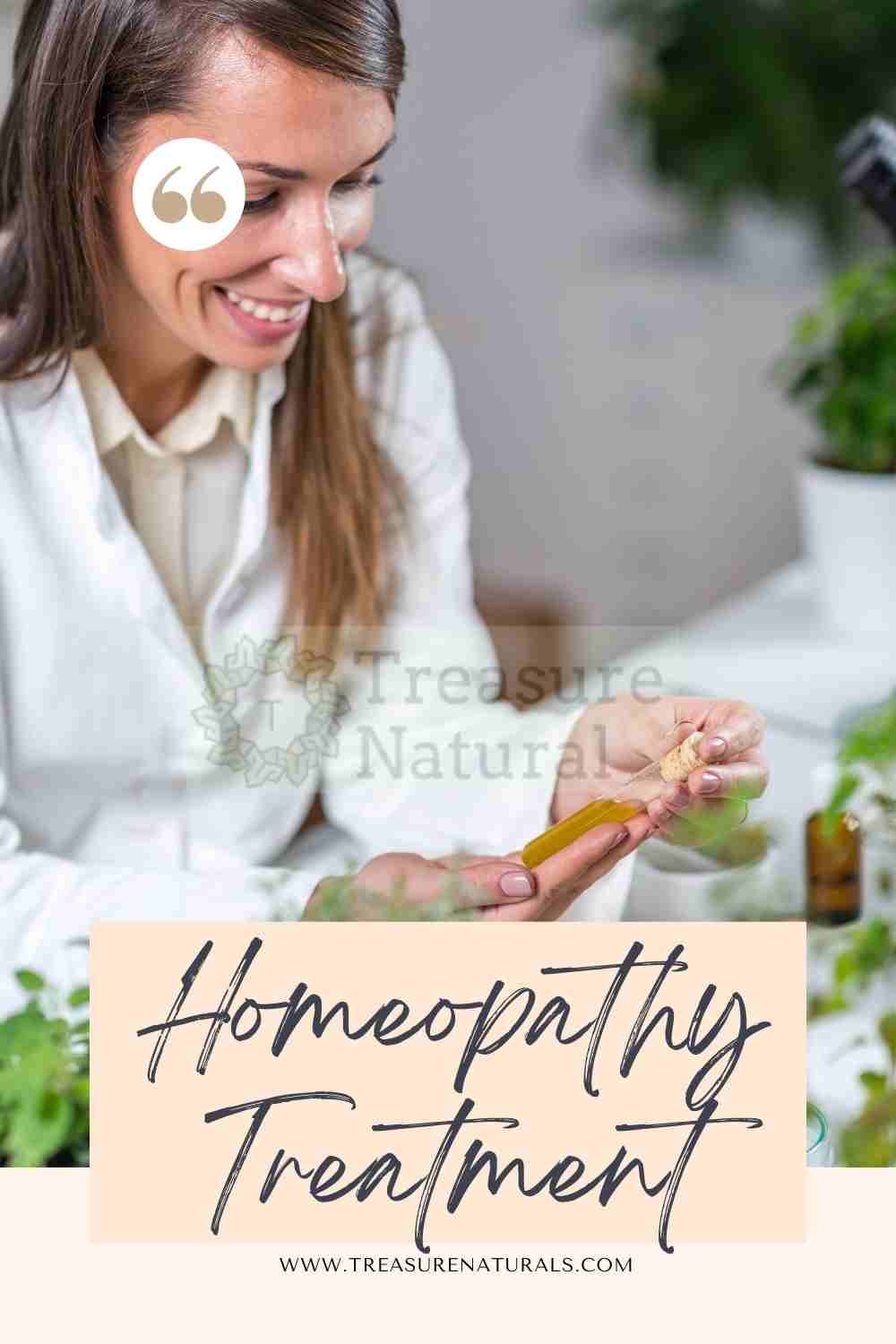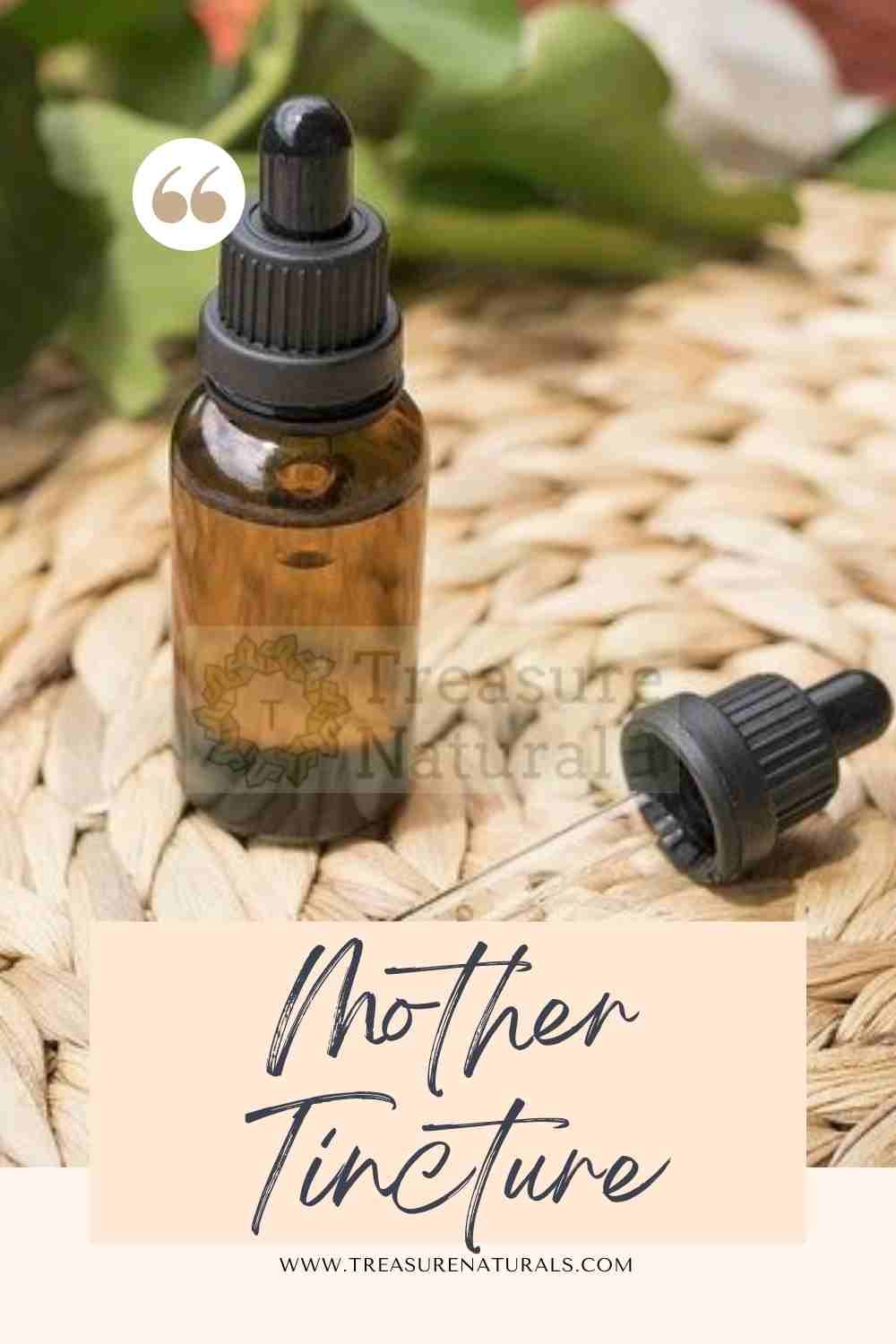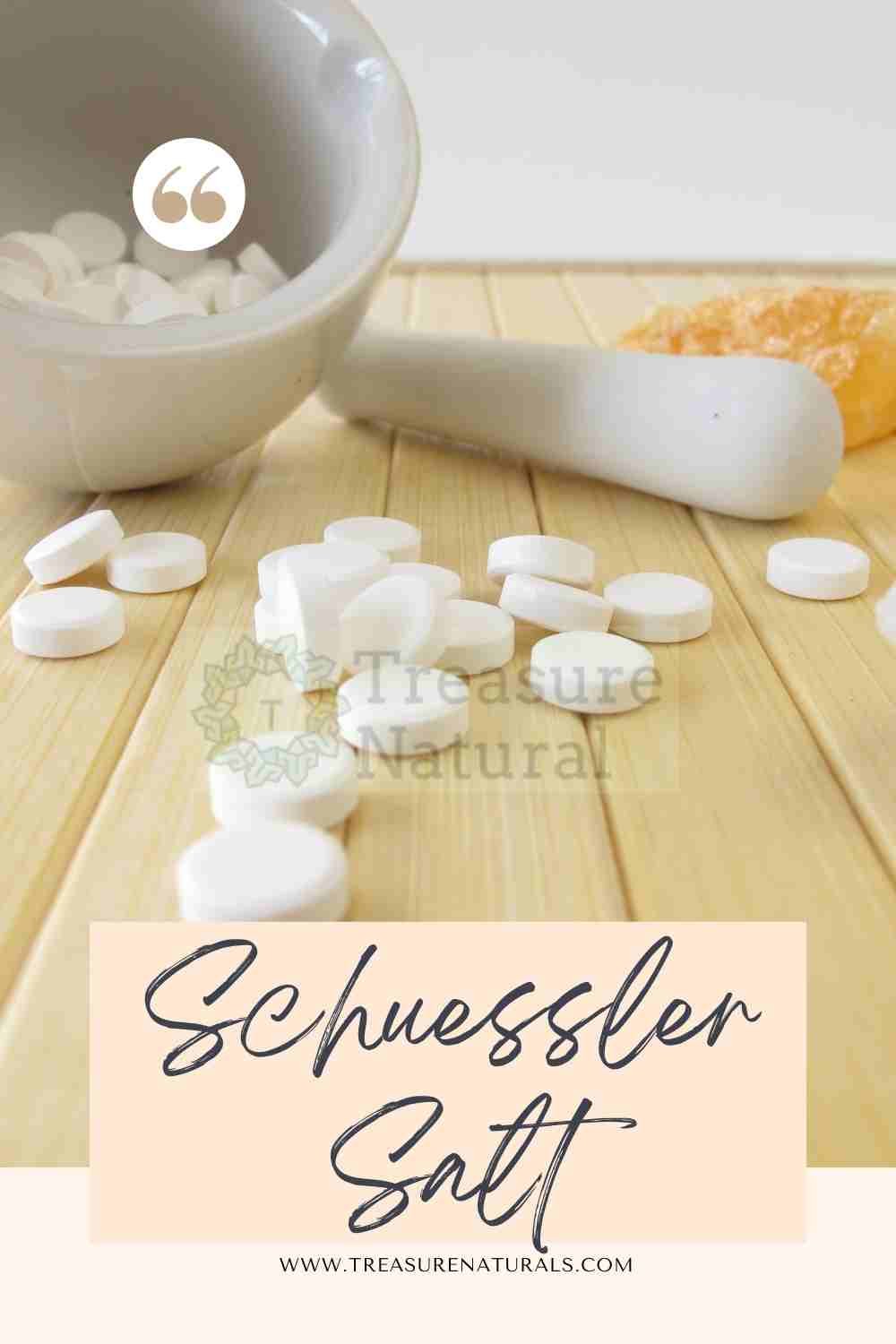Homeopathy is one of the alternative forms of treatment. It is intended to stimulate the body’s self-healing powers according to the so-called principle of similars. The principle applies here: A substance that causes certain symptoms in a healthy person should alleviate the same symptoms in a sick person. The homeopathic remedies are extremely diluted for this purpose.
Read everything about classical homeopathy here: its concept, when it is used and which are the most important homeopathic remedies.
Homeopathy Uses in Treatment
Whether it’s a bladder infection, a cold or a cough: there are various diseases that homeopathy promises relief from. Read more about the different areas of application, which remedies are suitable in these specific cases and what needs to be considered.
The principle of homeopathy goes back to the German doctor Samuel Hahnemann (1755 to 1844). Since he laid the foundation for the definition of homeopathy, several thousand remedies have been added to the homeopathic pharmacy.
Homeopathic remedies contain fresh plants or parts of plants, substances of mineral origin or animals, parts of animals or their secretions – but in a highly diluted form. Mathematically, they contain hardly any molecules of the original substance.
The effect that homeopaths ascribe to their remedies cannot be based on a molecular active ingredient, as is the case with conventional medicines or medicinal plants.
More rarely, pathogens or pathological material such as blood serve as the starting material. Homeopathic remedies are also made from medicines and vaccines. However, they are not among the remedies of classical homeopathy. Read more about the individual remedies here.
Potencies in Homeopathy
This dilution of active ingredients, the so-called potentization, is an important principle of homeopathy. In homeopathy, a remedy is considered to be more effective the more it has been potentized and thus diluted.
Single remedies and homeopathic complex remedies
Homeopathic remedies are mostly single substances. However, many manufacturers also offer so-called homeopathic complex remedies. In them, various homeopathic remedies are mixed in different potencies in order to expand the spectrum of effects. However, these mixtures are not used in classical homeopathy.
Dosages in homeopathy
Homeopathic remedies are usually taken in the form of so-called globules. These are small lactose globules onto which potentised liquid is dripped. Alcoholic drops are also available. However, special non-alcoholic solutions can also be prepared on request.
In addition, there are tablets, ointments or suppositories only in complex homeopathy. Eye drops and injections usually contain single agents, but are only used in classical homeopathy for special indications.
You can get the homeopathic remedies in the right potency either from your homeopath during the course of treatment, or you can order them from the pharmacy afterwards. In addition, drug manufacturers also offer pocket pharmacies already filled with the most common homeopathic remedies – the homeopathic house pharmacies.
For whom is homeopathy suitable?
Not only adults, but also babies and small children, pregnant women, old people or seriously ill people can be treated homeopathically. Read the article “Homeopathy for Babies and Children” to find out how to properly treat your offspring homeopathically.
But it is important: Homeopathy must not be used as the sole therapy for serious or life-threatening diseases! However, it can complement conventional medical treatment.
If one uses homeopathic medicines for chronic diseases, the treatment should be carried out by an experienced homeopath. Assessing the course of treatment is often very difficult.
The homeopathic treatment
At the beginning of a treatment with a homeopath there is always the so-called anamnesis. It can last an hour and a half or more. The homeopath works like a detective: when choosing the right homeopathic remedy, he looks not only for physical but also for mental symptoms, taking into account, for example, the emotional world and general condition. Because the teaching of homeopathy says that every disease changes the overall condition of the individual.
Homeopathic Symptoms
Homeopathic symptoms denote something different than the term symptom in general, which in medicine always means a sign that points to an illness. In homeopathy, emotional and mental changes are also included.
In addition, the homeopath uses certain modalities to determine the symptoms more precisely, since one and the same symptom may indicate different remedies. For example, a cough can be barking, dry or wet, worse or better when lying down or in the fresh air – depending on the homeopath will give a different active ingredient of homeopathy.
Homeopathy Types: Constitutional Treatment
So-called constitutional homeopathy works somewhat differently than classic homeopathy. It does not record the current condition of a patient, but determines the so-called homeopathic type of a person.
This is a combination of physical and mental characteristics that the homeopath uses to diagnose an appropriate constitutional remedy. This always remains the same in adults and can be used against all complaints. However, pure constitutional homeopathy is controversial.
Homeopathy: Effect and initial aggravation
Ideally, the symptoms improve quickly after taking a homeopathic remedy. A particularly important indicator of effectiveness is the alleviation of emotional and mental symptoms.
The remedy should only be taken again when the positive effect wears off or your homeopath has applied it to you accordingly. Because an overdose should be able to return the original symptoms.
If there is no improvement after three to five days, the drug should not be taken any further. You may then have received or chosen the wrong homeopathic remedy and should try another or switch to a different treatment method or potency – it is best to consult your homeopath here.
initial aggravation
Homeopathy and side effects – that doesn’t really exist in the classic sense. But a homeopathic remedy should also be able to temporarily increase the symptoms. This reaction is known as a homeopathic initial aggravation.
In acute cases, the period of time in which the existing symptoms worsen must not last longer than a few minutes to an hour, in chronic cases this can take significantly longer.
disturbed effect
Certain factors can affect how homeopathy works. Therefore, you should observe a few rules of conduct during homeopathic treatment.
- Take homeopathic remedies calmly. Best in the evening, just before bed.
- You should not eat or brush your teeth for half an hour before and after taking it.
- Many homeopaths recommend avoiding menthol (also in toothpaste), peppermint, camphor and caffeinated drinks during treatment.
- Discuss with your homeopath whether you can take Schuessler salts, Bach flower mixtures, homeopathic complex remedies or other homeopathic remedies at the same time.
Homeopathy: criticism
There is hardly an alternative healing method that triggers such heated discussions as homeopathy. In the article “Homeopathy – Criticism” you can read more about the arguments of homeopathy opponents and proponents and what the status of scientific research regarding homeopathy is.
Note:
The concept of homeopathy and its specific effectiveness are controversial in science and not clearly proven by studies.
Homeopathy ingredients from A to Z
Homeopathy remedies starting from letter ‘A’
Homeopathy remedies starting from letter ‘B’
| Badiaga | Baptisia |
| Barium Carbonicum | Barium Iodate |
| Baryta Carbonica | Belladonna |
| Bellis Perennis | Berberis |
| Bismuth Subnitrate | Borax |
| Bovista | Bromum |
| Bryonia | Bufo |
Homeopathy remedies starting from letter ‘C’
Homeopathy remedies starting from letter ‘D’
Homeopathy remedies starting from letter ‘E’
| Echinacea | Elecampane or Inula helenium |
| Equisetum | Erigeron Canadensis |
| Espeletia | Eucalyptus |
| Eupatorium | Euphorbium |
| Euphrasia |
Homeopathy remedies starting from letter ‘F’
Homeopathy remedies starting from letter ‘G’
Homeopathy remedies starting from letter ‘H’
| Hamamelis | Haplopappus |
| Harpagophytum | Hedera helix |
| Hekla lava | Helleborus niger |
| Helonias | Hepar sulfuris |
| Hydrastis Canadensis | Hyoscyamus Niger |
| Hypericum |
Homeopathy remedies starting from letter ‘I’
Homeopathy remedies starting from letter ‘J’
Homeopathy remedies starting from letter ‘K’
Homeopathy remedies starting from letter ‘L’
| Lac Caninum | Lac Defloratum |
| Lachesis | Latrodectus Mactans |
| Laurocerasus | Ledum palustre |
| Lilium Tigrine | Lithium Carbonicum |
| Lobelia Inflata | loofah |
| Lycopodium Clavatum | Lycopus Virginicus |
| Luesinum |
Homeopathy remedies starting from letter ‘M’
Homeopathy remedies starting from letter ‘N’
Homeopathy remedies starting from letter ‘O’
Homeopathy remedies starting from letter ‘P’
Homeopathy remedies starting from letter ‘Q’
Homeopathy remedies starting from letter ‘R’
Homeopathy remedies starting from letter ‘S’
Homeopathy remedies starting from letter ‘T’
| Tarantula Cubensis | Tarantula (hispanica) |
| Taraxacum | Tellurium Metallicum |
| Teucrium Marum Verum | Thyroidinum |
| Thuja occidentalis | Tobacco |
| Tuberculinum |
Homeopathy remedies starting from letter ‘U’
Homeopathy remedies starting from letter ‘V’
| Valeriana Officinalis | Veratrum Viride |
| Verbascum | Viburnum Opulus |
| Vinca Minor | Viola Tricolor |
| Vipera Berus | Viscum Album |
| Veratrum Album |










